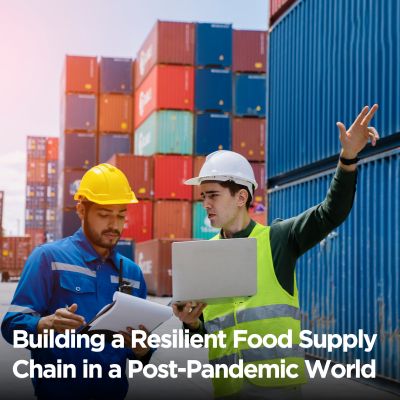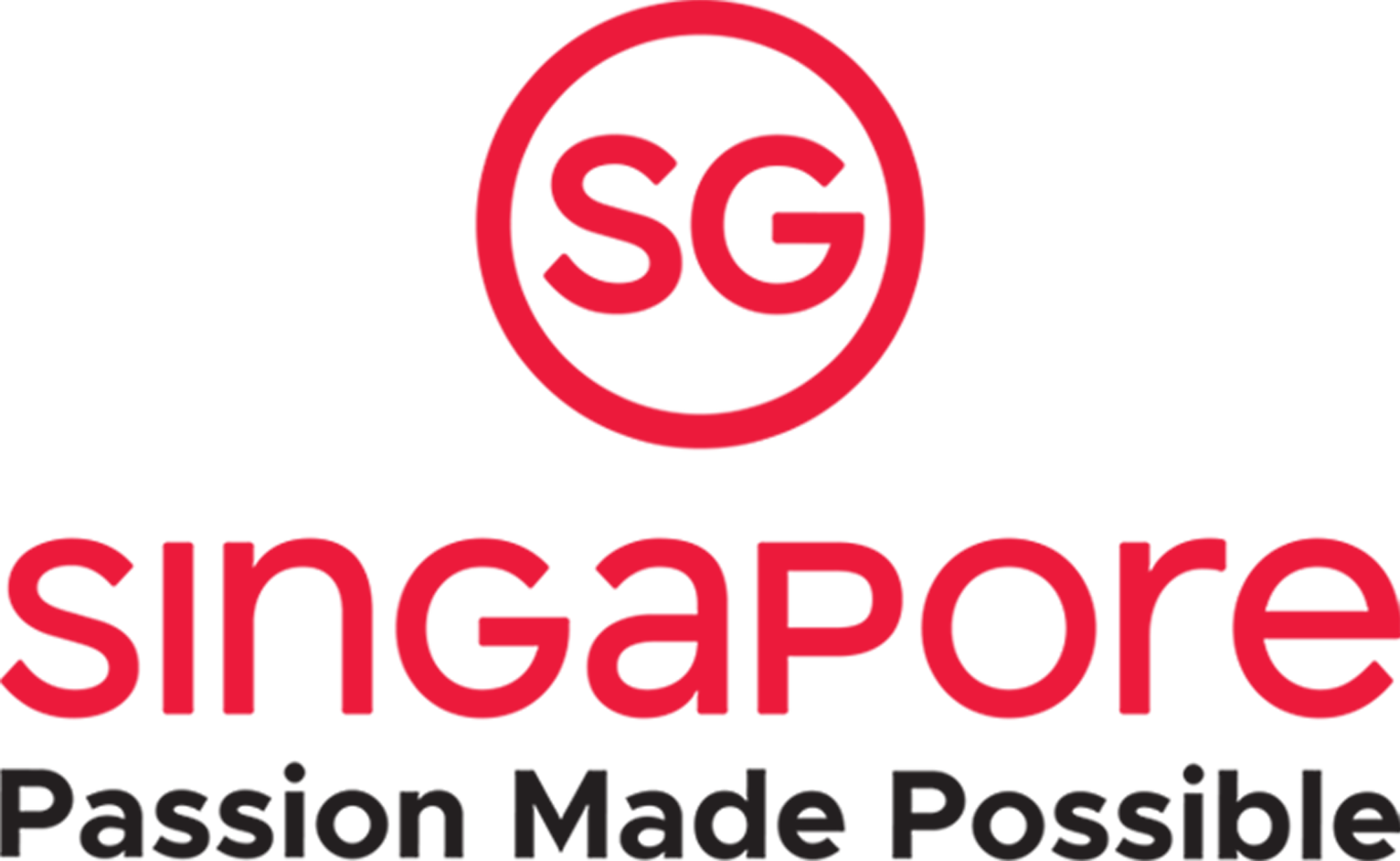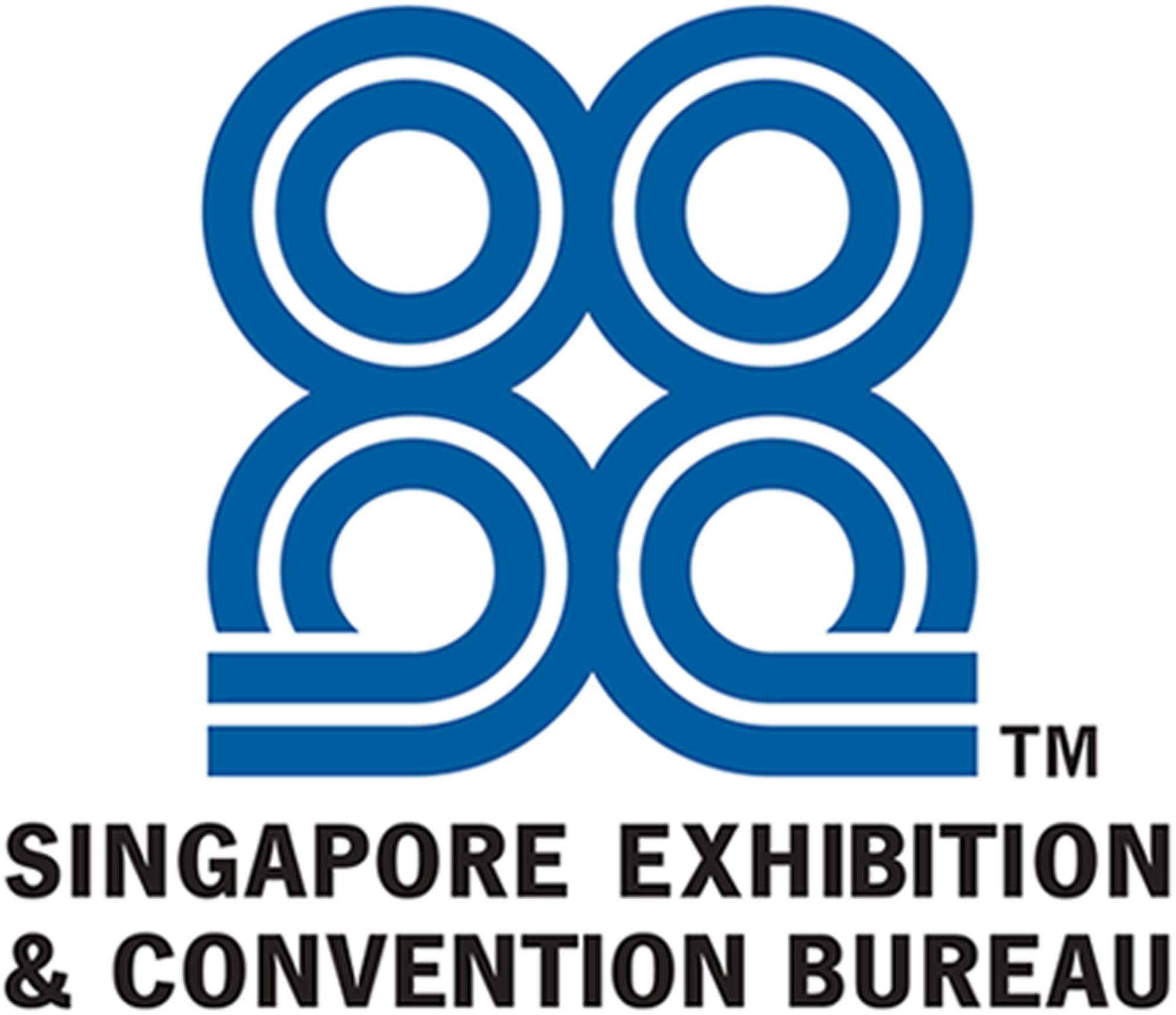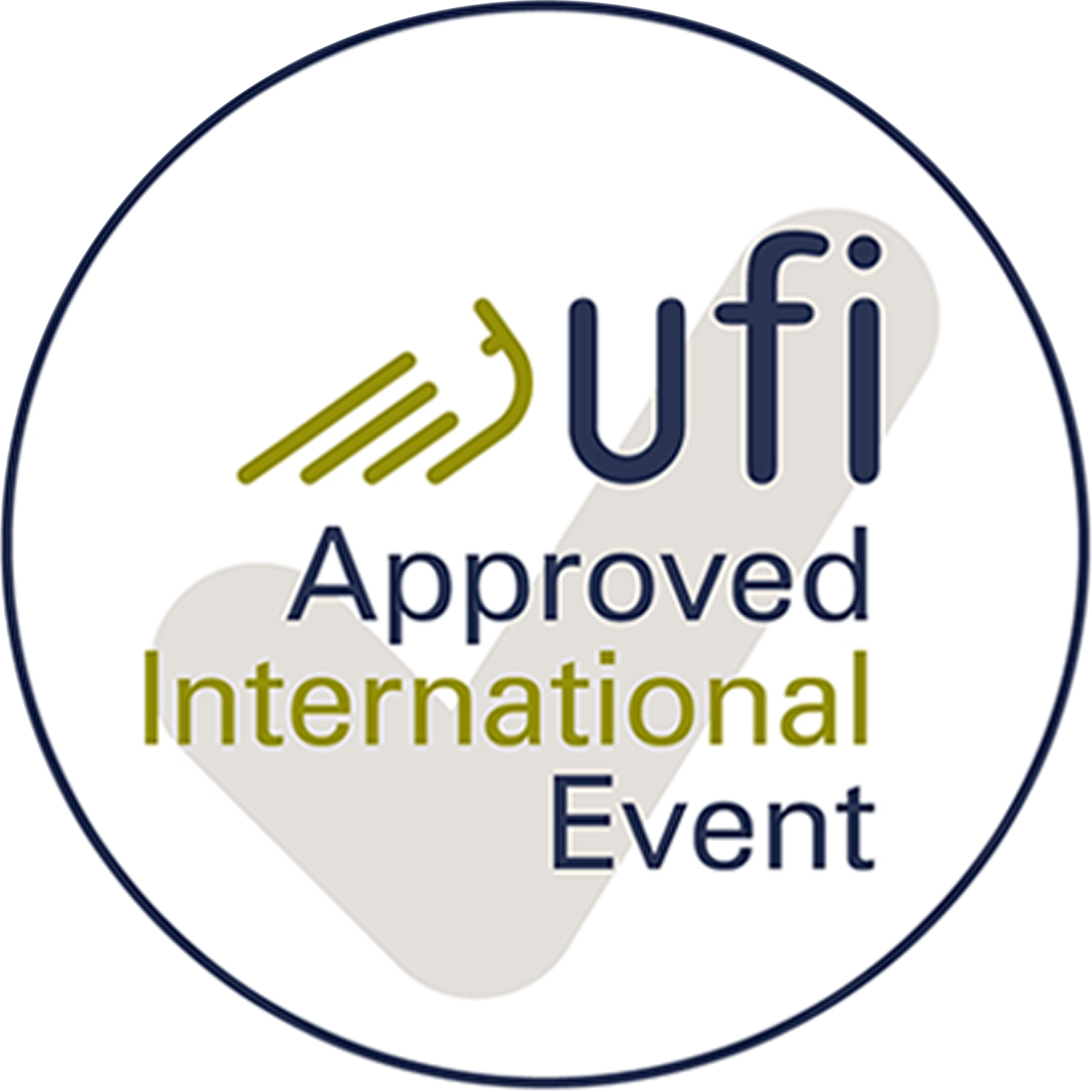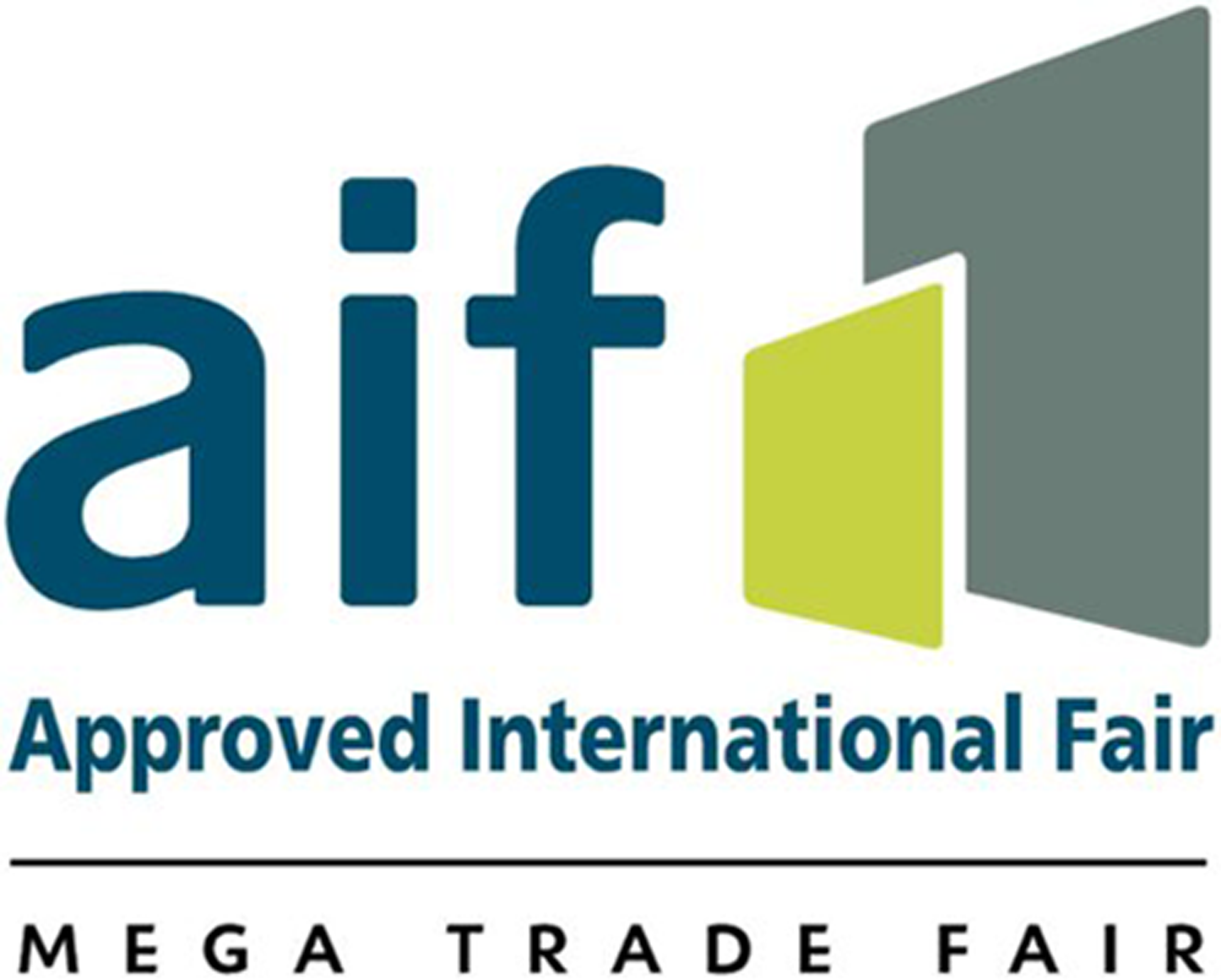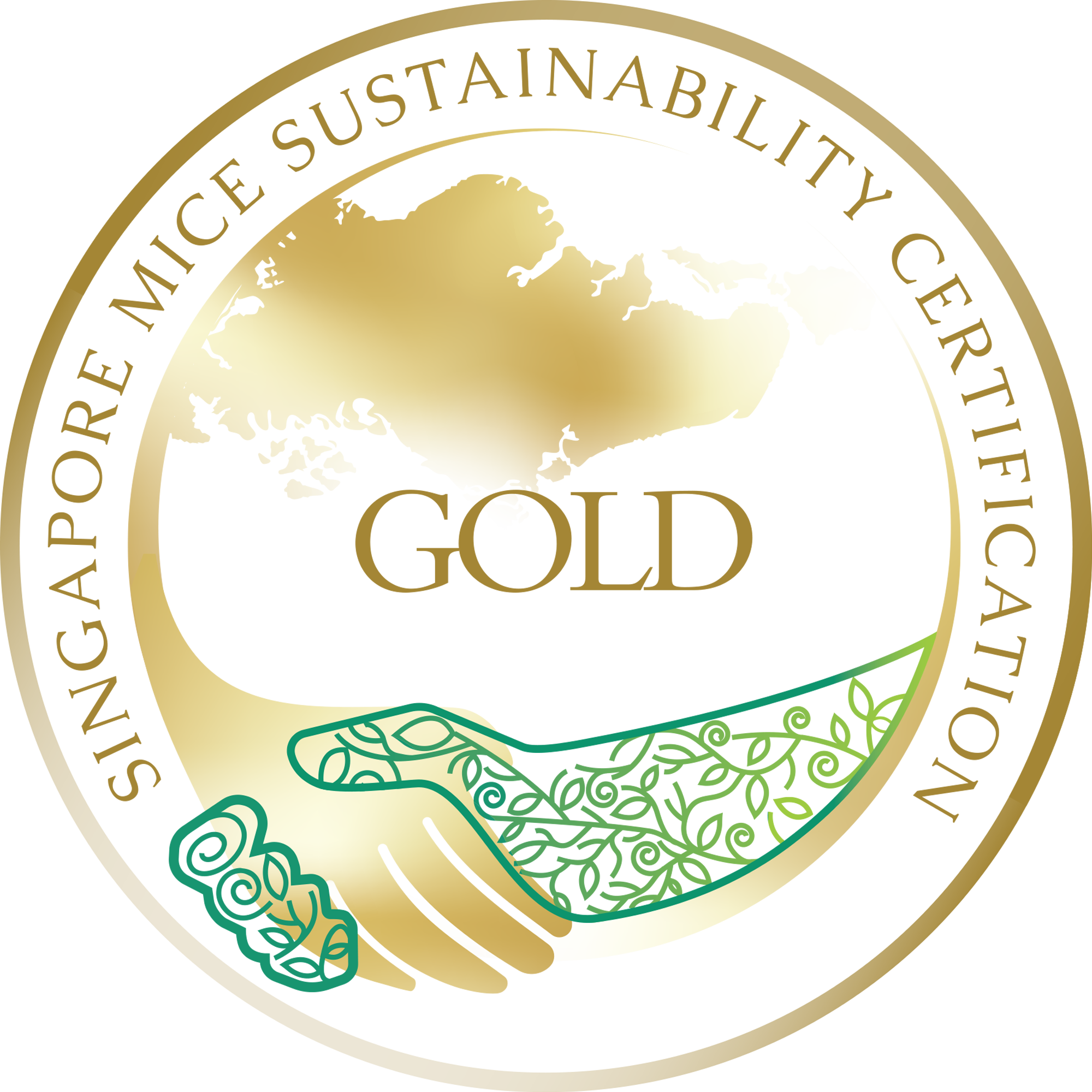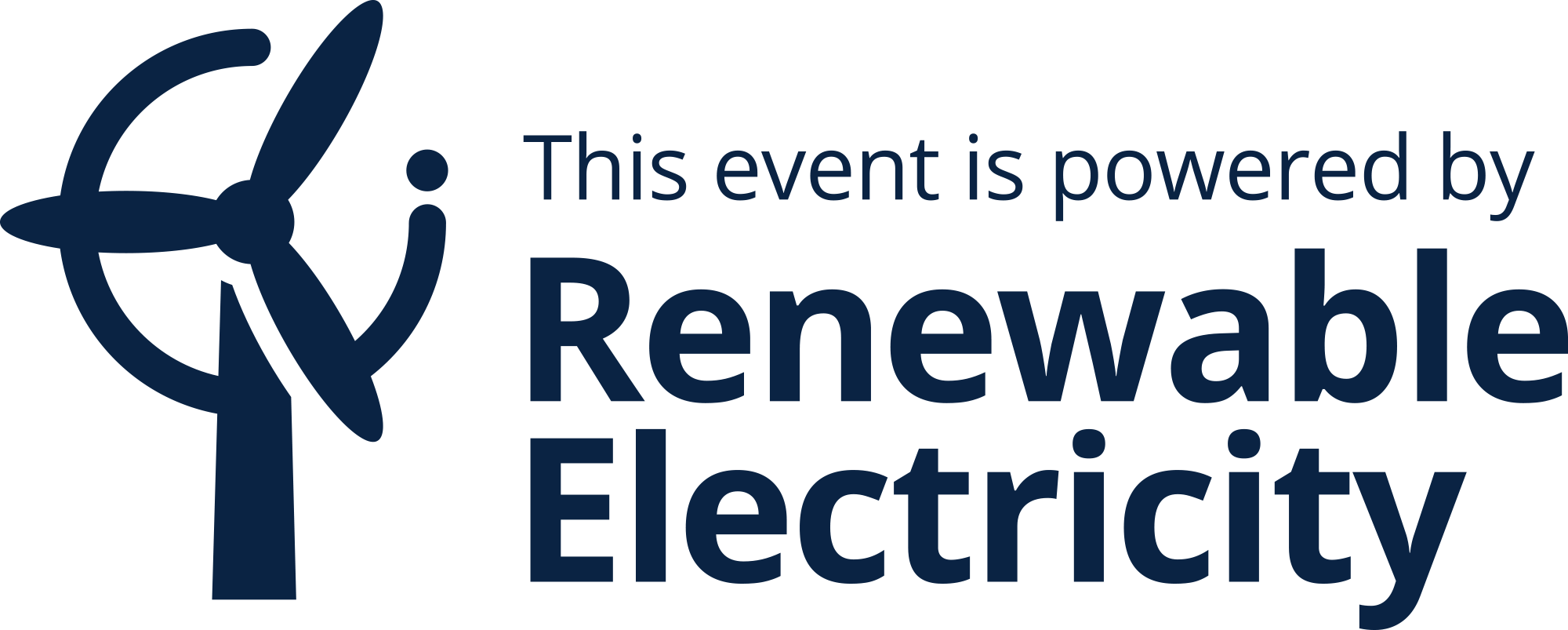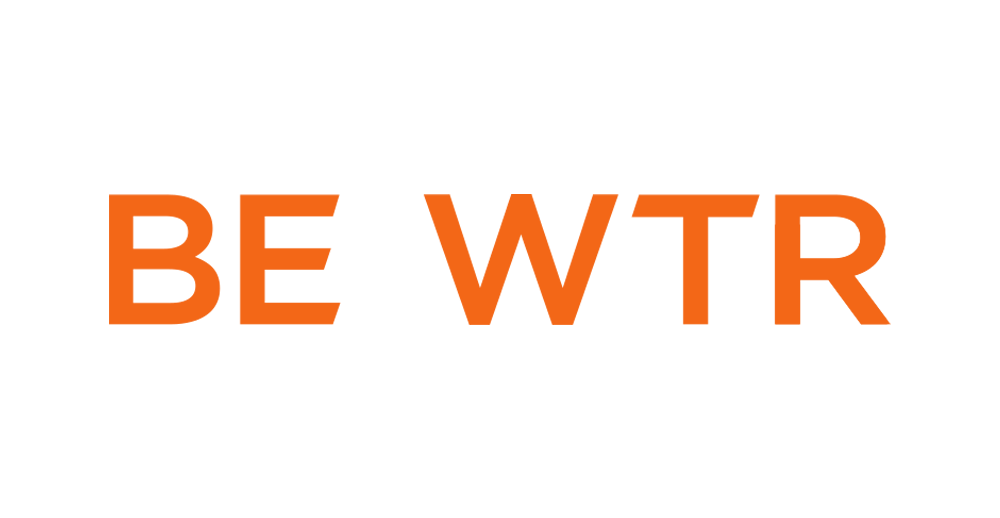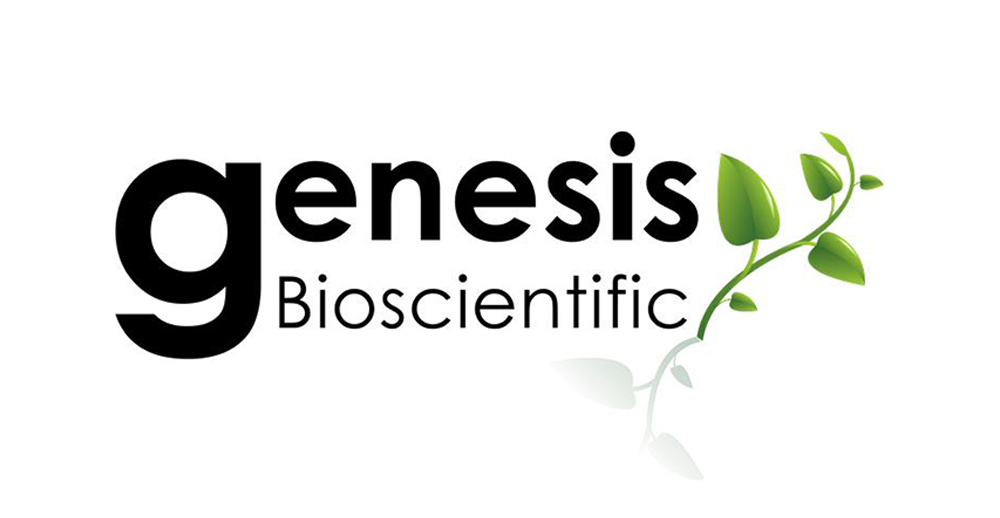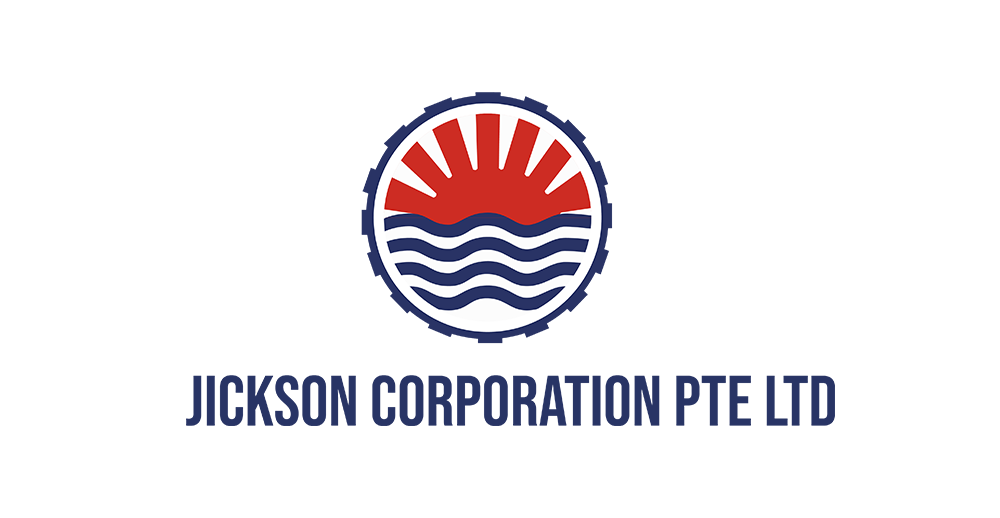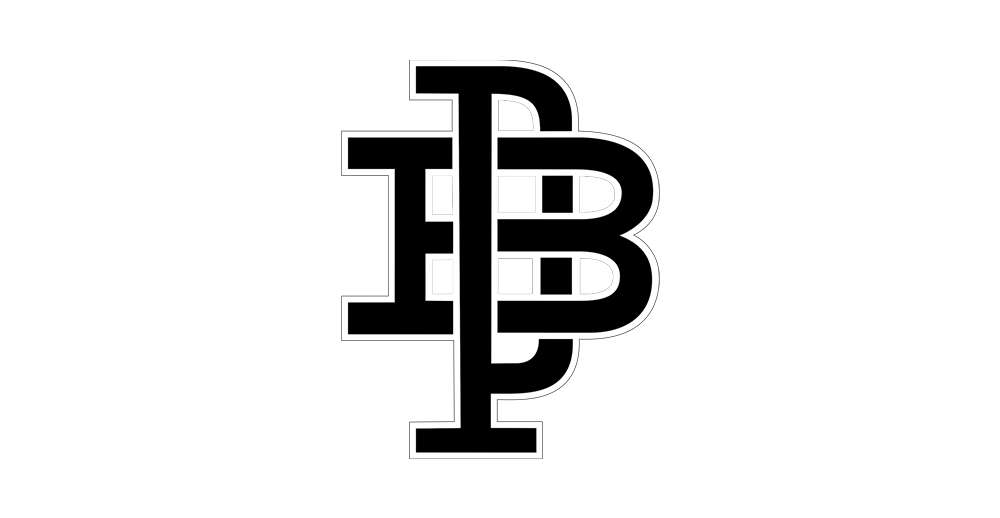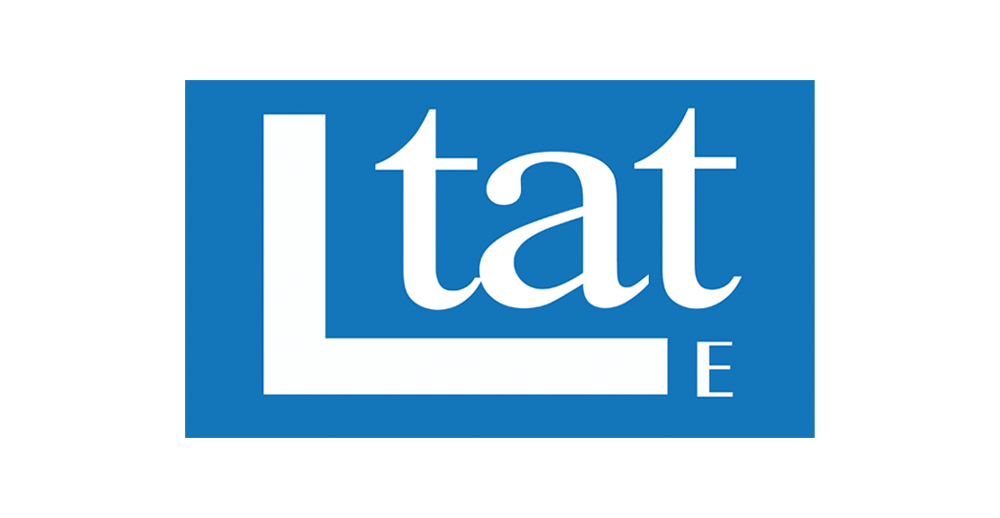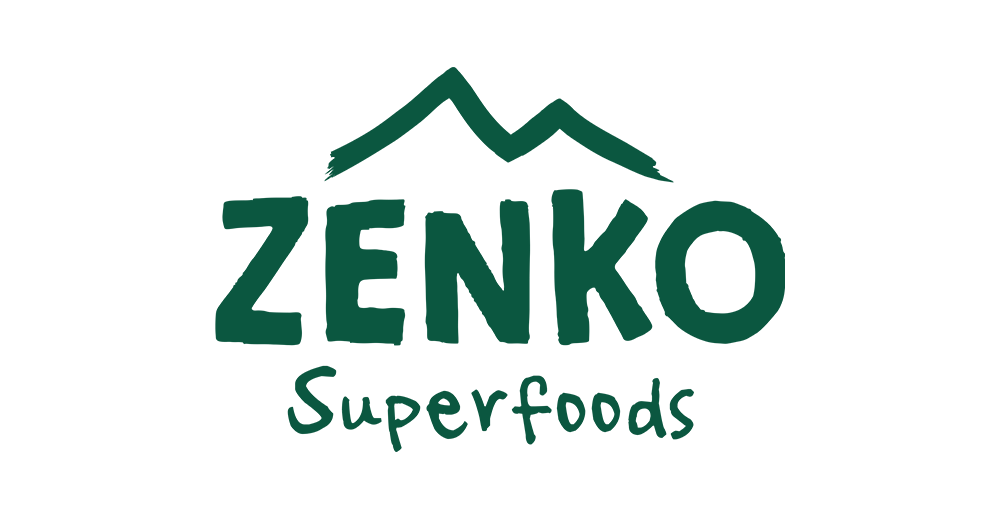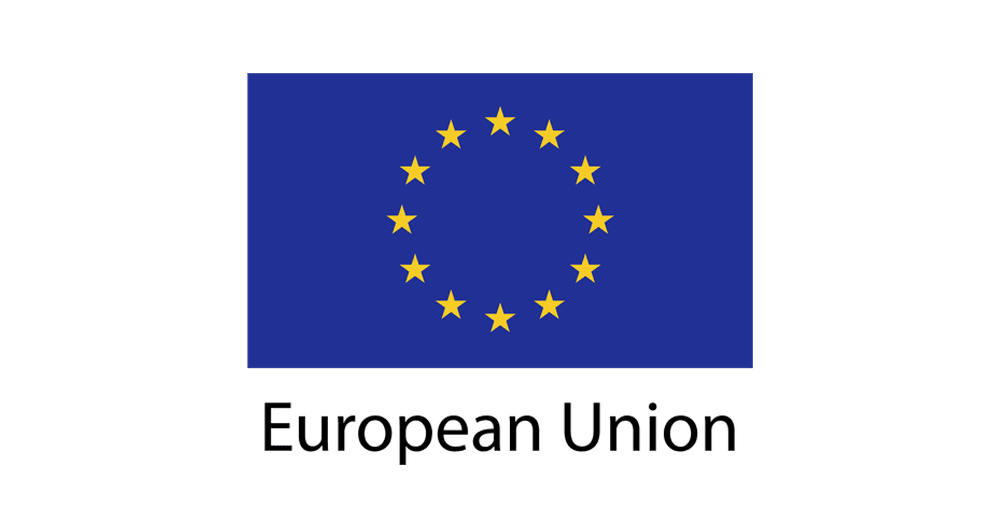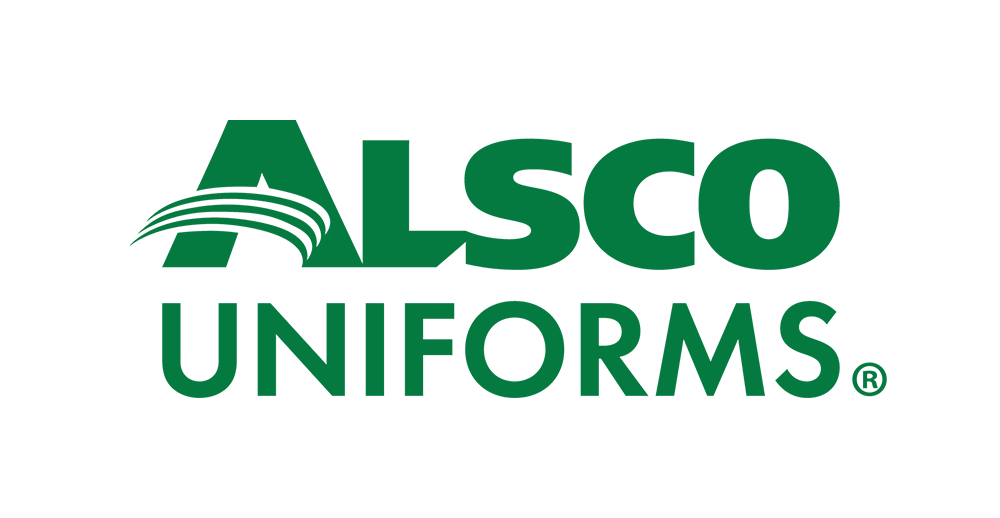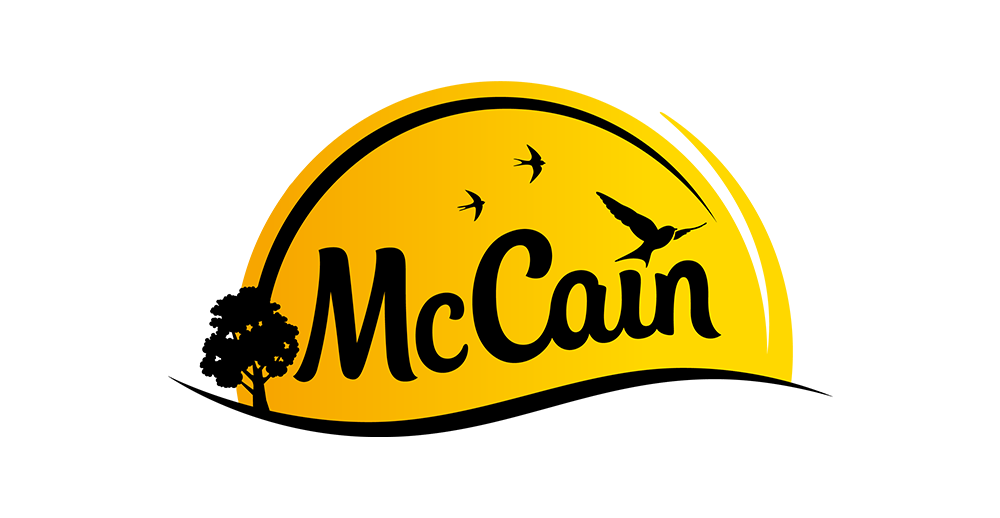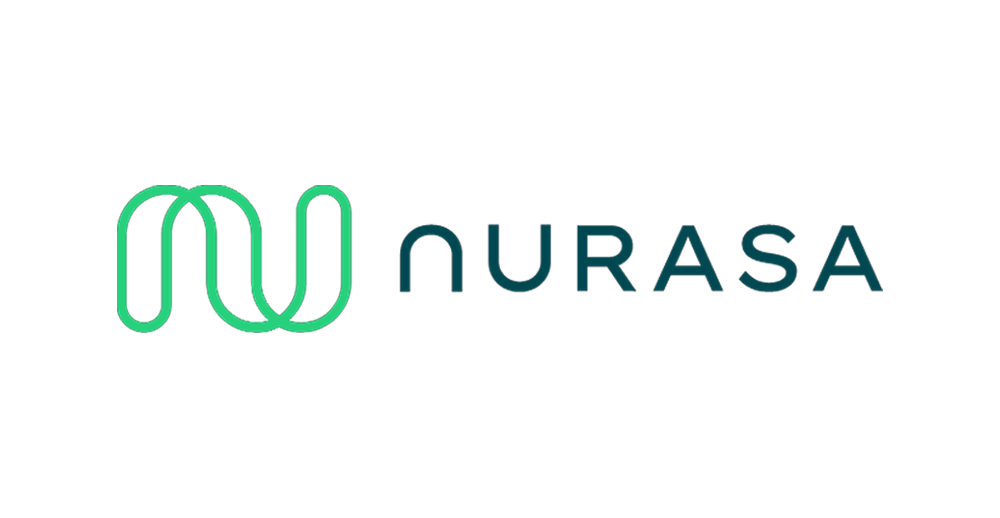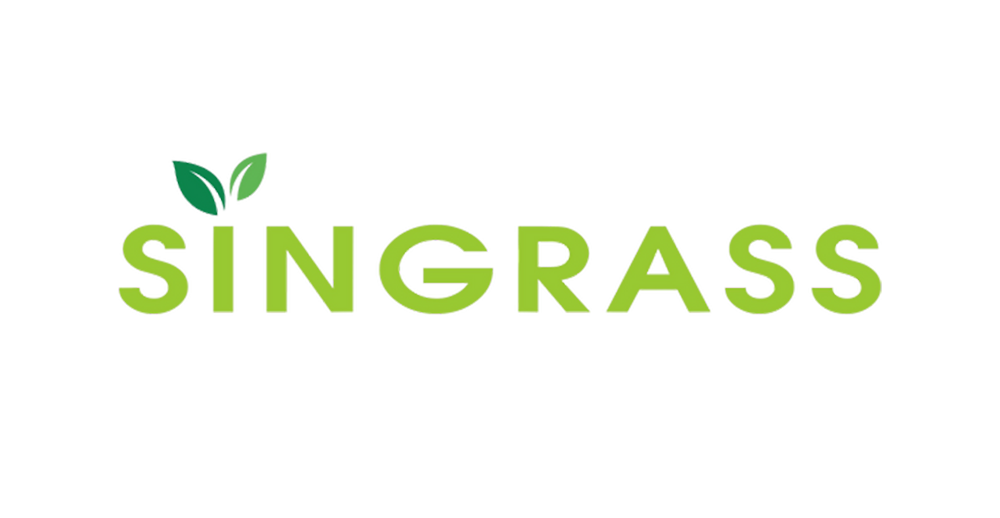Food labels are everywhere—on cereal boxes, snack packages, and bottled drinks—helping consumers understand what they are eating.
But depending on where you are in the world, the way nutrition information is presented can look very different. Some countries use color-coded systems, others rely on warning labels, and some, like Singapore, take a more incentive-driven approach.
As obesity and diet-related illnesses rise globally, governments have implemented labeling systems to encourage healthier choices.
Nutri-Score in Europe, Traffic Light Labels in the UK, and Chile’s Black Warning Labels exemplify how different nations tackle the challenge. But which system is most effective?
Singapore’s Healthier Choice Symbol (HCS) takes a unique stance. Rather than focusing on restrictions, it encourages food manufacturers to develop healthier products while guiding consumers toward better options.
This approach has set Singapore apart as a leader in food labeling innovation. But how does the HCS compare to other food labels around the world, and what makes it so effective? Let’s take a closer look.
The Global Landscape of Food Labeling Systems
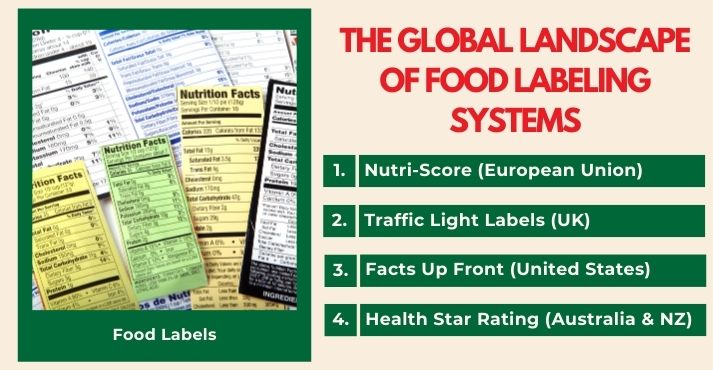
Food labeling is crucial in promoting healthier eating habits and providing transparency to consumers. However, the way this information is presented varies across different regions.
Many countries have adopted front-of-pack labeling (FOPL) systems, which provide at-a-glance nutritional guidance. These labels can be interpretive, using colors or symbols, or informative, listing specific nutrient amounts.
Here is a look at some of the most well-known global food labeling systems and how they work:
Nutri-Score (European Union)
Nutri-Score is a color-coded grading system used in several European countries. It ranks food from A (green) to E (red) based on overall nutritional quality, considering both beneficial and harmful components.
While widely used, some countries, like Italy, oppose it, arguing that it may unfairly classify traditional foods.
Traffic Light Labels (United Kingdom)
The UK’s Traffic Light Labeling system highlights fat, saturated fat, sugar, and salt levels using red, amber, and green indicators. Foods with unhealthy nutrients receive red warnings, while healthier options display more green.
This system helps consumers make quick decisions but has been criticized for not considering portion sizes.
Facts Up Front (United States)
The Facts Up Front system in the US provides primary nutritional details like calories, saturated fat, sodium, and sugars on the front of the packaging. While informative, it does not use colors or symbols, making it less visually intuitive than other global systems.
Health Star Rating (Australia & New Zealand)
Australia and New Zealand use a star-based system that rates food from ½ star (least healthy) to 5 stars (healthiest) based on an algorithm that weighs positive and negative nutrients.
The system has received mixed feedback, with some experts praising its simplicity while others argue that it does not always align with dietary guidelines.
Each country implements these global food labeling systems based on its public health goals, consumer behavior, and food industry regulations. While some systems focus on warnings, others emphasize healthier choices.
How Food Labels Influence Consumer Behavior & Health
Food labels influence consumer behavior by providing essential information that guides purchasing decisions and dietary habits.
When consumers read food nutrition labels, they rely on details about calories, sugar, fat, and ingredients to determine whether a product aligns with their health goals.
Labels that are clear and easy to interpret encourage healthier choices, whereas complex or misleading labeling can lead to confusion and poor nutritional decisions.
The effectiveness of labeling depends mainly on nutrition labeling standards and how consistently they are enforced. Some systems, like Nutri-Score and Traffic Light Labels, simplify nutrition data with color-coded indicators, making it easier to compare products.
Others, like Facts Up Front, provide numerical values but require more interpretation effort. Misleading claims, such as “low-fat” products with high sugar content, can create a false sense of healthiness and contribute to poor dietary habits.
Consumer trust in labeling is closely tied to government food regulations and industry enforcement. While some countries have strict oversight, ensuring that food labels are accurate and transparent, others face challenges with compliance.
Variations in regulations across regions make nutrition label comparison difficult, especially for international consumers. Ensuring that food labels are both informative and trustworthy is essential for promoting public health and preventing diet-related diseases.
Singapore’s Approach to Food Labeling
Singapore has established a structured approach to food safety and labeling laws to promote transparency and healthier eating habits.
The country enforces strict regulations requiring accurate nutritional information on packaged foods while encouraging healthier choices through initiatives like the Healthier Choice Symbol (HCS).
The HCS program, launched by the Health Promotion Board (HPB), identifies certified healthy products that meet specific nutritional guidelines. Foods with this label contain lower sugar, sodium, or saturated fat levels than similar products.
By placing this symbol on the packaging, Singapore helps consumers make better dietary decisions at a glance.
Singapore mandates front-of-pack labeling for specific product categories to reinforce packaging and health claims. This approach lets consumers quickly assess a product’s health benefits without analyzing complex nutrition labels.
The Singapore Food Agency (SFA) Food Regulation ensures compliance by overseeing food labeling laws and enforcing stringent standards to maintain accuracy and consumer trust.
With these measures in place, Singapore’s system has become a trusted model for clear and effective food labeling, balancing regulatory oversight with consumer-friendly initiatives that promote healthier eating.
How Singapore’s Healthier Choice Symbol Stands Out
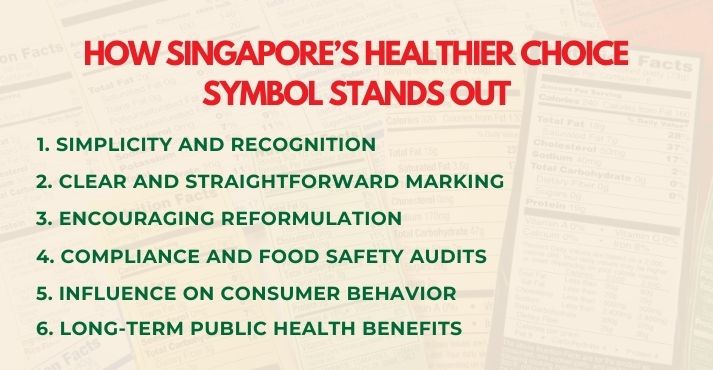
Unlike other global food labeling systems, Singapore’s Healthier Choice Symbol (HCS) is designed to be simple and highly recognizable.
While some countries use numeric scores or traffic light indicators, the HCS is a straightforward mark highlighting certified healthy products in supermarkets and food outlets.
One difference is how the HCS program encourages food manufacturers to reformulate products. Companies looking to carry the symbol must meet strict criteria, often leading them to reduce sugar, salt, and unhealthy fats in their offerings.
To ensure compliance, manufacturers may undergo a food safety audit, verifying that products meet Singapore’s food safety and labeling laws before receiving approval. This approach has led to healthier food choices and better public health.
Studies have shown that Singapore’s front-of-pack labeling initiative has influenced consumer behavior by steering them toward healthier alternatives.
With clear regulations and enforcement backing the HCS, the program supports healthier choices and contributes to long-term public health improvements.
The Future of Food Labeling – Global Trends & Innovations
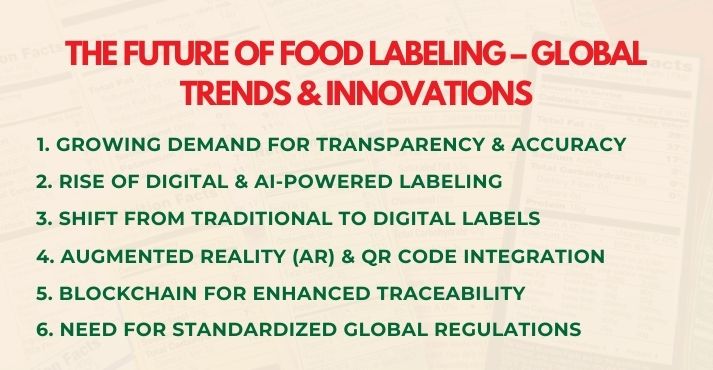
The future of food labeling reflects consumer demands for greater transparency, accuracy, and sustainability. Advances in technology and regulatory updates are transforming how food labels function worldwide.
One major trend is the rise of digital and AI-powered labeling. The global smart labels market, valued at USD 11.43 billion in 2024, is projected to reach USD 17.33 billion by 2029, growing at a CAGR of 8.7%.
Traditional labels are being replaced with digital solutions that offer real-time insights into sourcing, nutrition, and allergens. AI-powered tools assist in label creation, ensuring compliance with changing regulations while reducing human error.
Smart labels with augmented reality (AR) features allow consumers to access detailed product information simply by scanning a package. QR codes have become a standard feature, offering instant access to sourcing details, processing methods, and sustainability claims.
With 59% of users scanning QR codes daily for information, offers, and services, their role in food labeling continues to expand.
Blockchain technology further enhances traceability by creating secure, tamper-proof records of a product’s journey from farm to table, helping combat food fraud and strengthening consumer trust.
With global trade expanding, standardized food labeling regulations are more critical than ever. Organizations like the Codex Alimentarius Commission and the World Health Organization (WHO) are working toward unified standards to ensure consistency across borders.
A harmonized system would simplify compliance for food manufacturers, enhance consumer safety, and promote clear communication of dietary information.
As technology advances, food labels will move beyond basic information, offering interactive experiences that increase transparency, efficiency, and consumer engagement. The future of food labeling is digital, intelligent, and designed to empower informed choices.
Conclusion
Food labeling worldwide is undergoing significant changes as technology and regulations reshape transparency, accuracy, and sustainability. Countries are implementing innovative solutions to improve consumer trust and streamline compliance.
Singapore has adapted to these developments through initiatives like the Healthier Choice Symbol (HCS), which provides clear guidance for healthier food choices.
This labeling system is a strong example of how structured approaches can improve dietary decisions and support public health.
Looking ahead, food labeling will incorporate more digital tools, such as QR codes and blockchain technology, to provide real-time product insights.
Consumers can expect interactive and data-rich labeling systems that offer greater clarity on sourcing, nutrition, and sustainability claims.
As these innovations expand, food labels will continue to enhance informed decision-making and improve transparency in the food industry.


